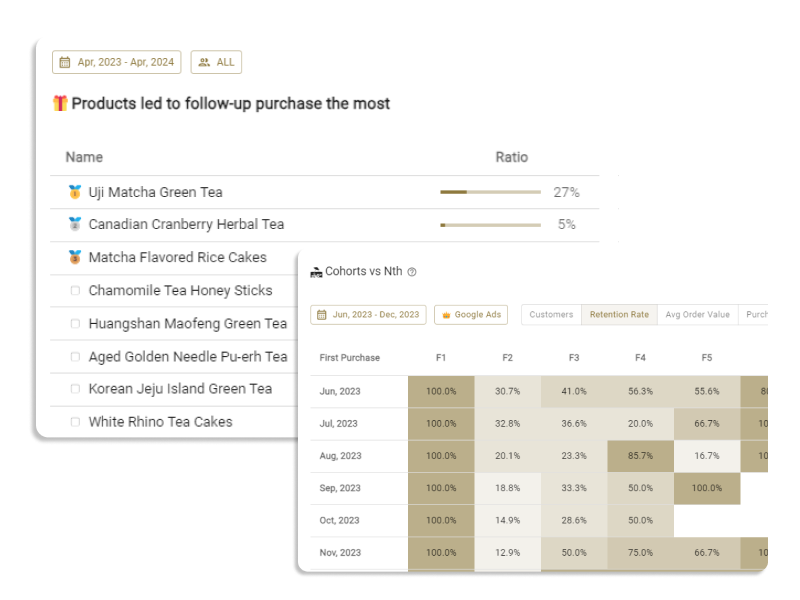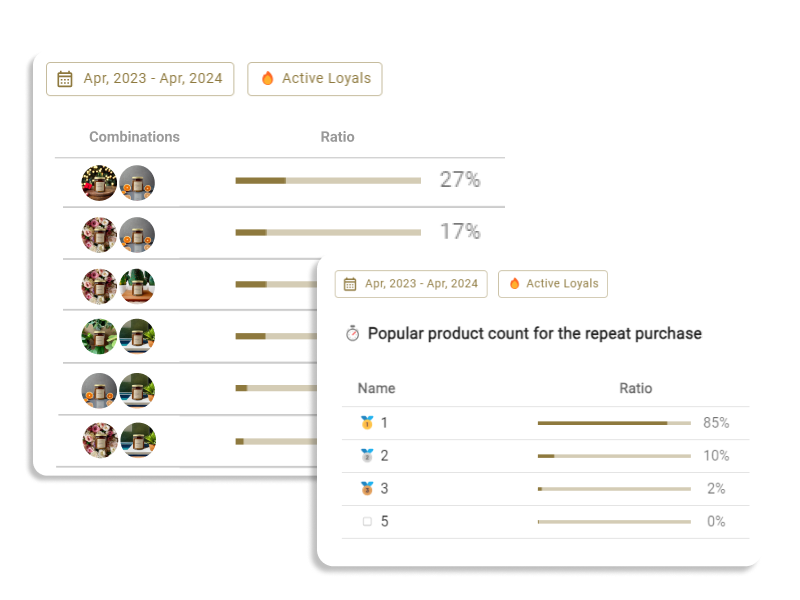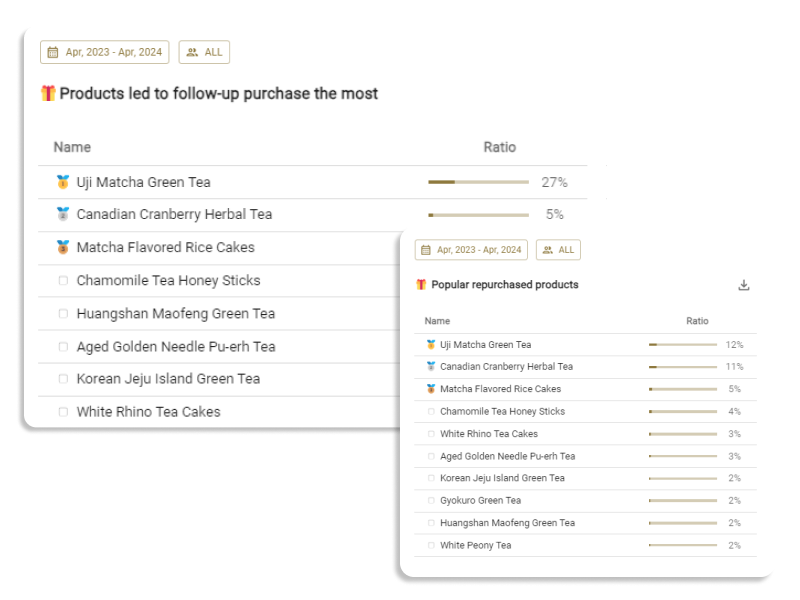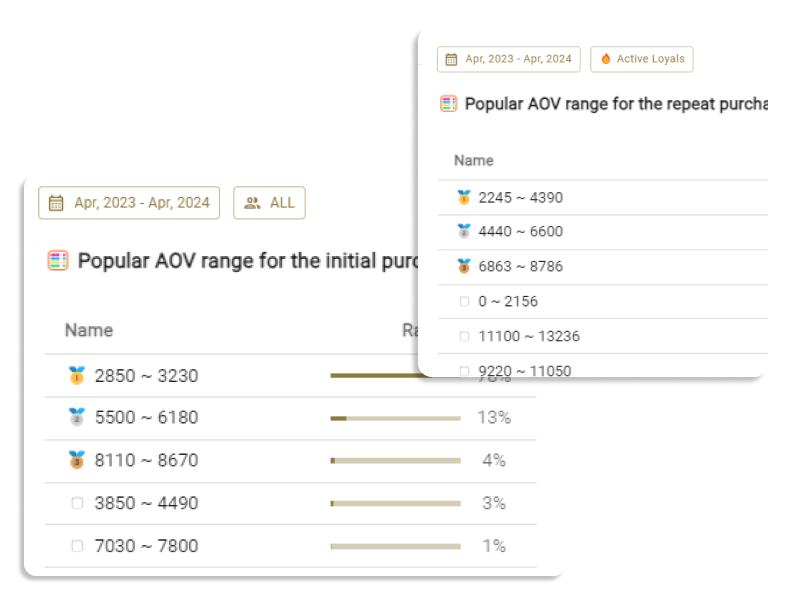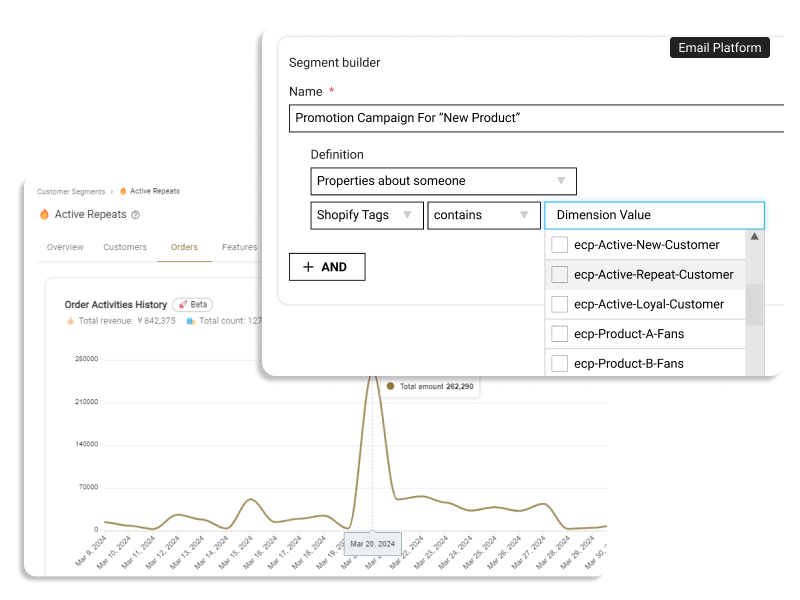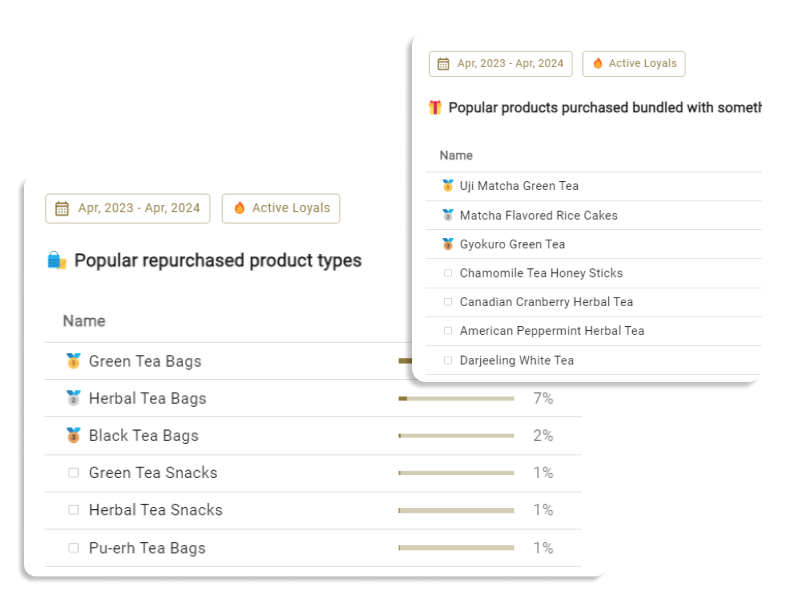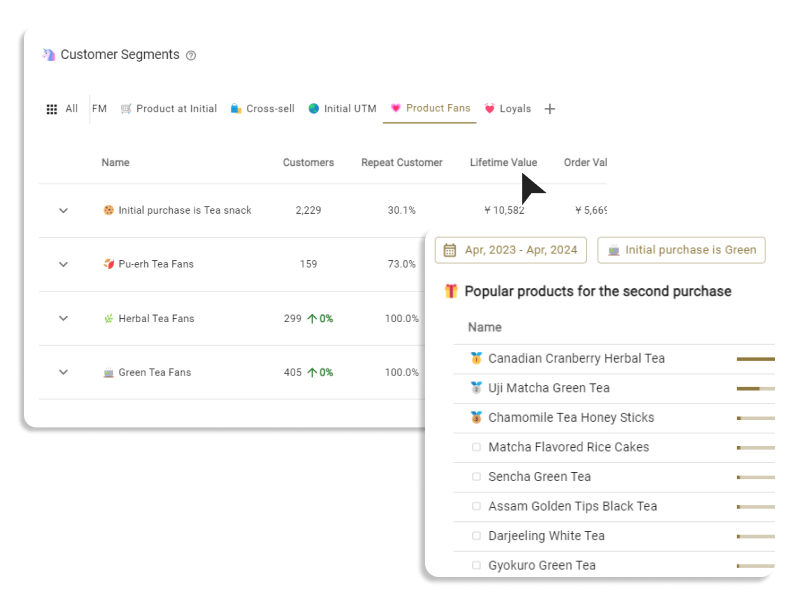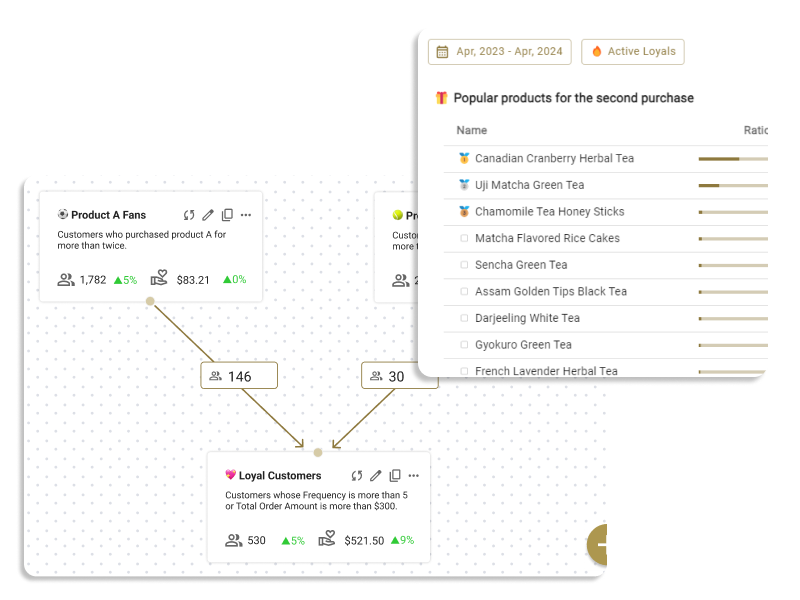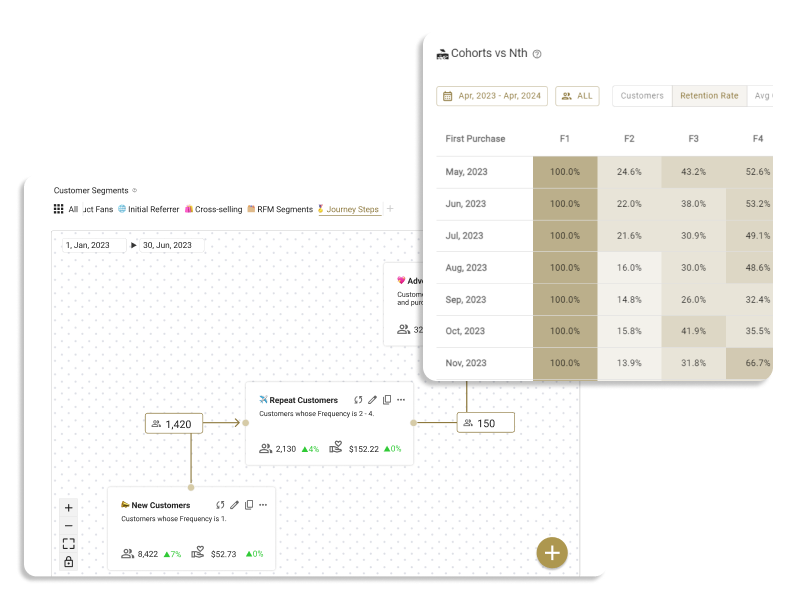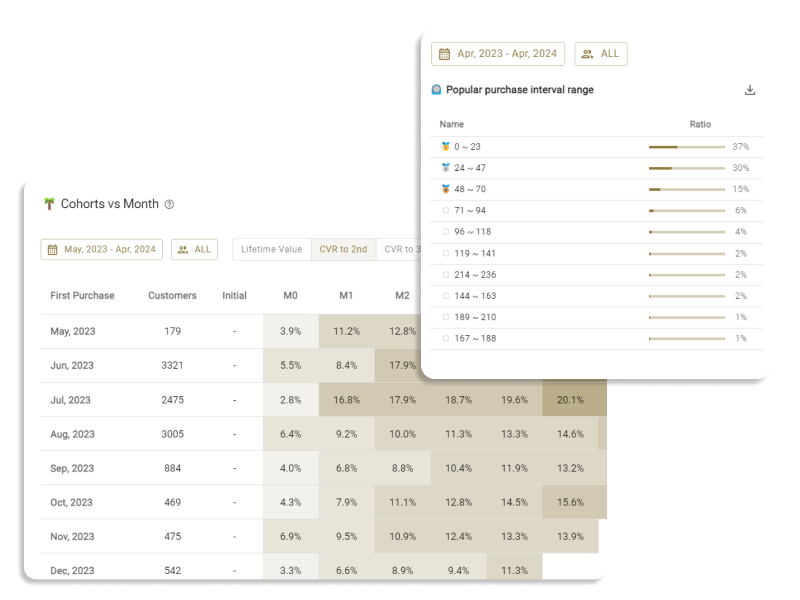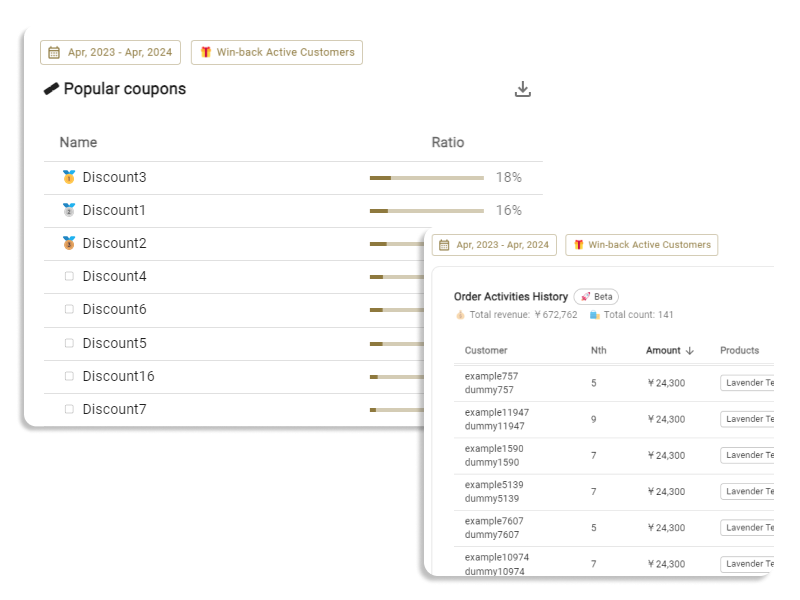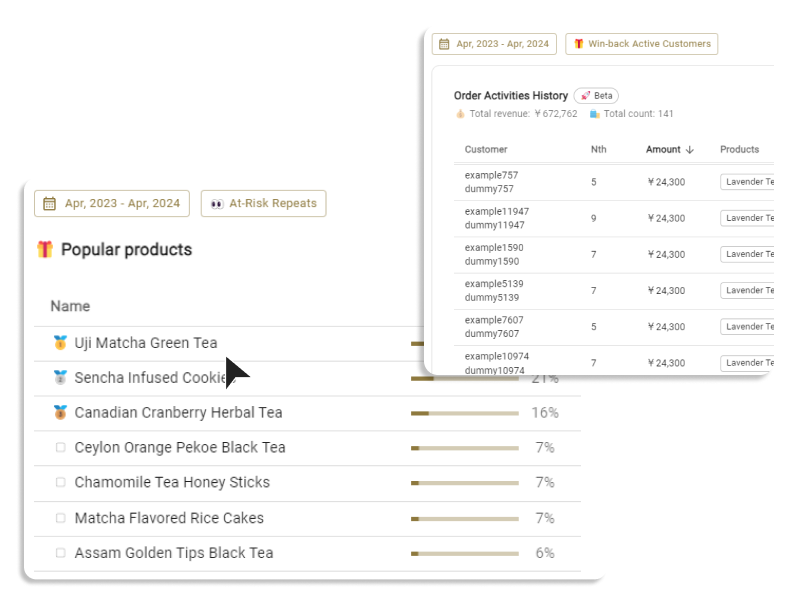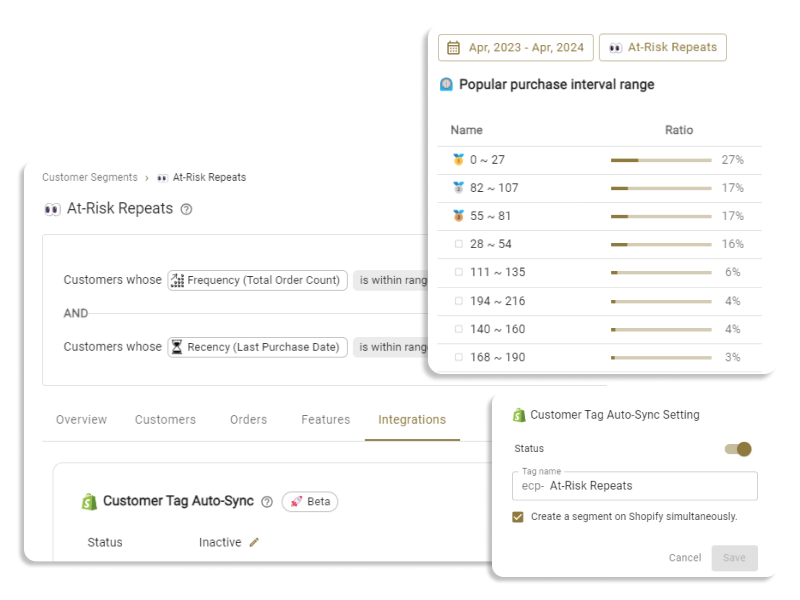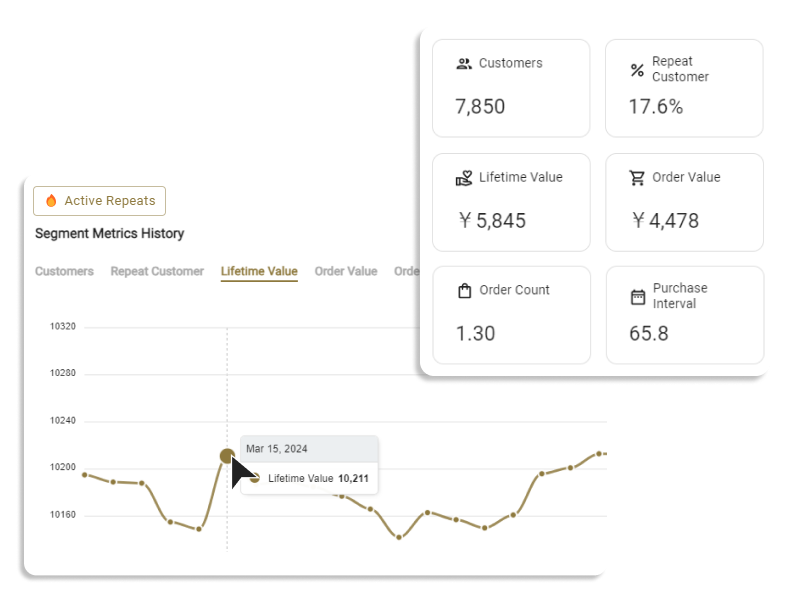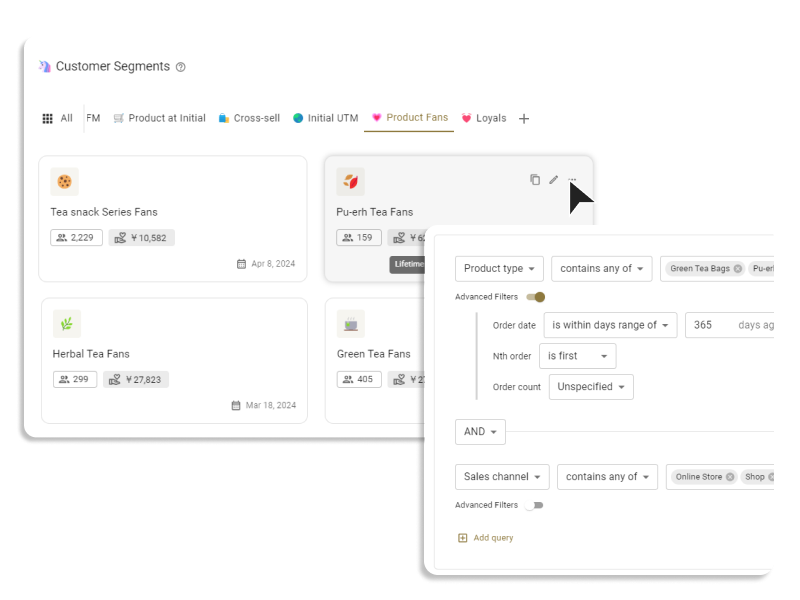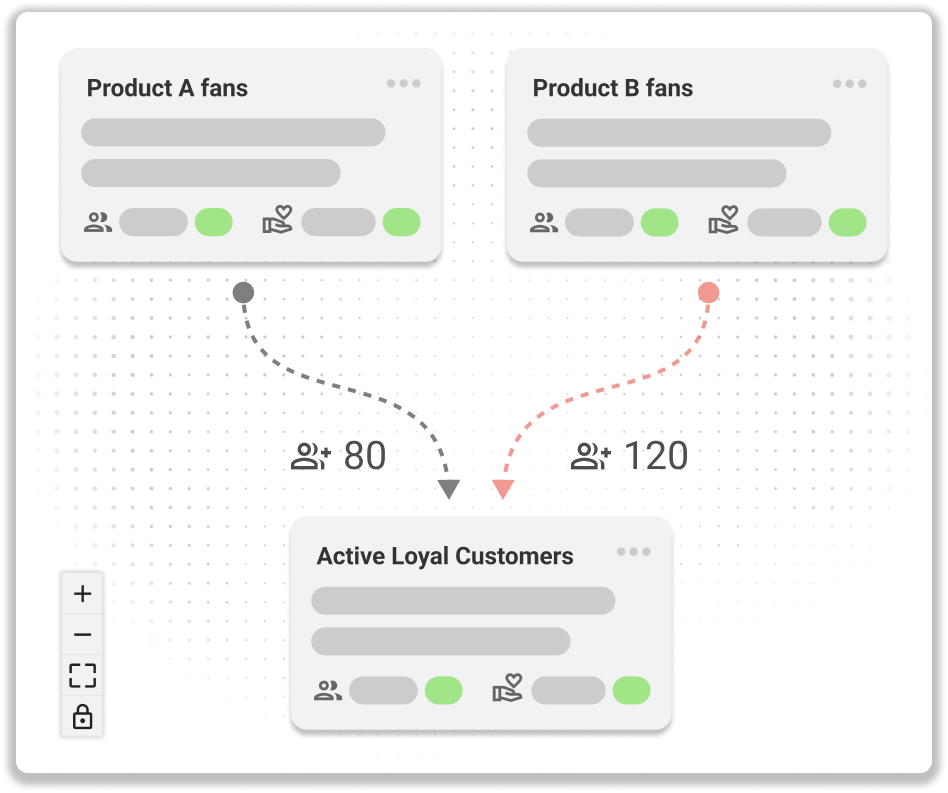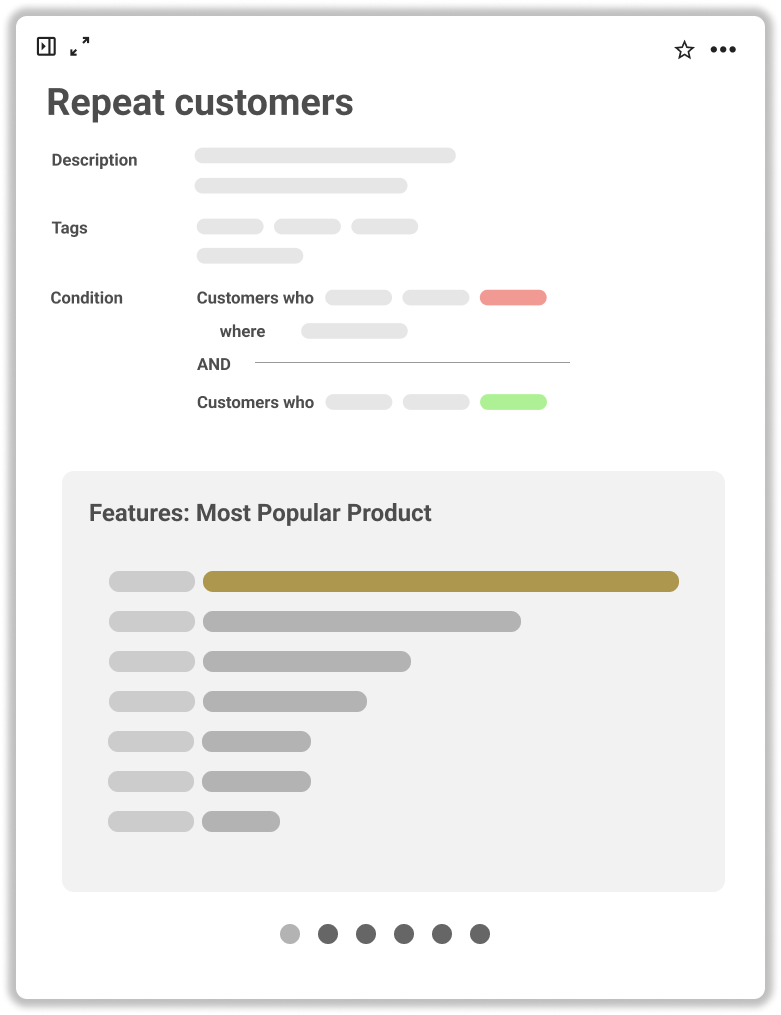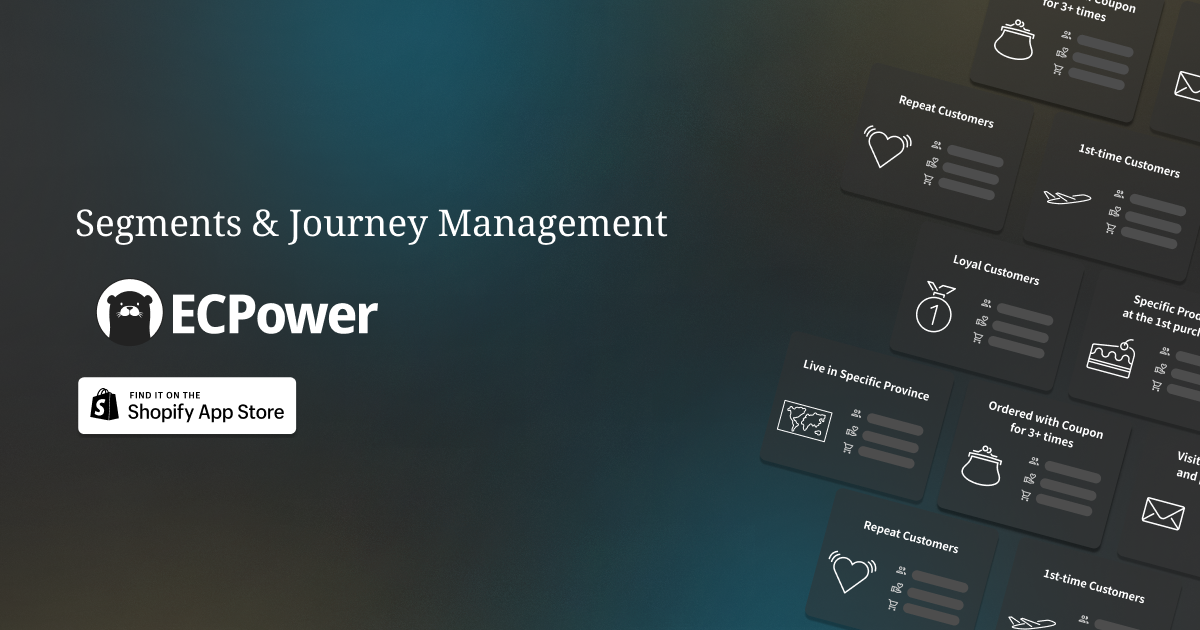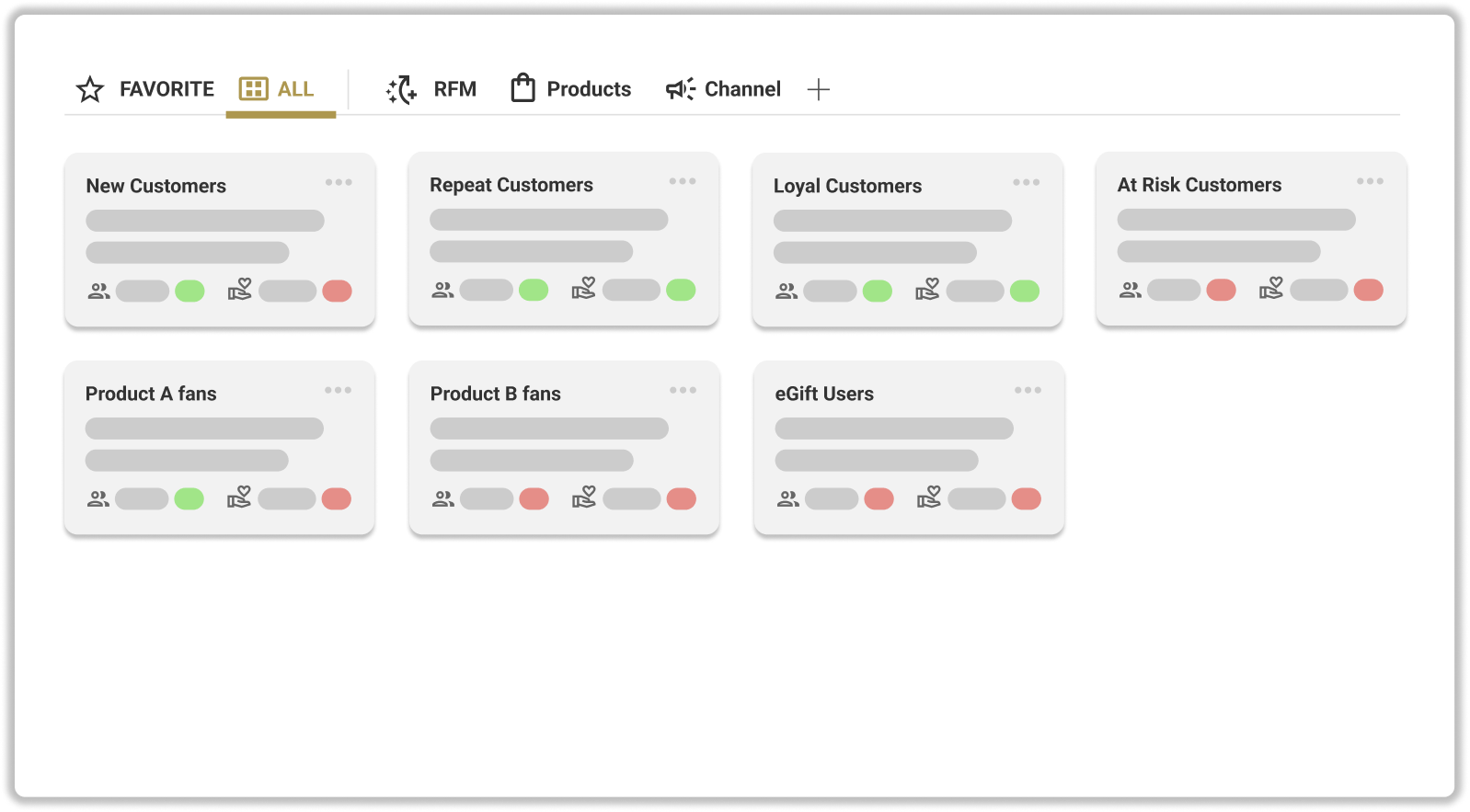Introduction
The importance of email marketing for existing customers has been increasing lately. This article explains how eCommerce marketers can use Shopify Email to enhance the lifetime value of your store.
Why is Email Marketing Important and How to Choose the Best Tool?
What is email marketing in eCommerce?
Email marketing is the practice of using email to promote products or services, and to stay in contact and engage with customers. This includes "email newsletters," which are sent as part of email marketing campaigns with the goal of promoting sales through targeted and personalized messages. Email marketing is especially valuable in eCommerce for maintaining relationships with existing customers and encouraging repeat purchases.
Reference article:
Why is email marketing so important in eCommerce?
The importance of email marketing for existing customers has been increasing in recent years. One of the main reasons is that, in the context of high hurdles to acquire new customers, enhancing the customer lifetime value (CLV) of existing customers has become more important.
In eCommerce, CLV can be broken down into elements such as their "average order value"(AOV), "purchase frequency," and "customer lifespan." Among these, email marketing is an effective means of improving CLV, as it helps to increase "purchase frequency" and "customer lifespan" by maintaining regular contact with existing customers.
Reference article:
What Aspects are Important When Choosing the Right Email Marketing Tool in eCommerce?
1. Design templates and email builder
Email marketing is crucial for consistent communication with your audience. However, creating an attractive email design from scratch without compromising the brand image is challenging.
To address this, having a “Design Template” or “Email Builder” function that can quickly create emails with a certain level of design without relying on designers is important. It's also desirable to select a tool that offers flexibility for customization, such as layout and color adjustments to match your brand.
2. Automation Flow
Automation is perhaps the most popular feature in email marketing.
In this field, effective marketing techniques such as "abandoned cart follow-up emails", "post-purchase follow-up emails", and "birthday emails" have been established. Automation features that can deliver these emails automatically can reduce the workload of marketing personnel and free them up to focus on more creative tasks.
Some tools offer advanced features that not only automate basic delivery but also allow users to set their own event triggers and build flexible automation flows.
3. Segment Delivery
The "segment delivery" function is a crucial feature that is often overlooked.
According to surveys, 70% of eCommerce businesses distribute the same message to all customers without dividing them into segments (It’s called Mass emails). However, when sending mass emails, the message can become blurred, and the sender cannot personalize the message for the customer. Additionally, for the recipient, it becomes just one of many similar SMS or email messages, resulting in campaigns that are not opened and do not lead to results.
"Segmentation" is the process of dividing customers into groups based on similar purchasing purposes, needs, and preferences. By dividing customers into appropriate segments and communicating with each segment appropriately, you can conduct email campaigns with high conversion and engagement rates. Such email campaigns are sometimes called "segmented delivery."
The four main types of segmentation are behavioral, psychological, demographic (such as gender and age), and geographic (such as residence). However, the most important and practical is "behavioral segmentation."
In marketing activities for existing customers in eCommerce, it is crucial to use behavioral data, such as "what actions were taken on the site and what products were purchased," for segmented delivery.
Reference article:
4. Performance measurement function
To properly evaluate and improve email campaigns, it is important to understand email marketing indicators such as "open rate" and "click-through rate." Most email marketing tools can measure this data, but in the case of eCommerce, it is most important to analyze whether clicks actually lead to purchases
Another common concern about "open rates" and "click-through rates" is that it is difficult to determine whether the numbers are generally good or bad. These indicators are difficult to judge as they vary depending on the industry and product. Some email marketing tools provide a feature that allows businesses to compare their data with industry standards.
5. Pricing system
The pricing system cannot be overlooked. Since there is not much difference in the functionality of email marketing tools in terms of sending emails, each company is trying to respond to specific business needs by devising its own pricing system. For example, there are tools with a pricing system that charges based on the number of email subscribers and allows for unlimited emails to be sent at a flat rate. Conversely, there are tools that charge based on the number of emails sent, making it relatively easy for newly launched eCommerce businesses to engage in email marketing. There are also differences in the range of free plans available.
It is necessary to judge the appropriate tool based on the growth phase of one's own eCommerce business.
What is Shopify Email?
“Shopify Email” is an email marketing app uniquely provided by Shopify since 2019. When compared to the standard email marketing apps on Shopify, it might seem less sophisticated in terms of features, but it’s highly cost-effective, with much lower usage fees. Also, being a native Shopify solution, it has the advantage in integrating with store data.
It is an attractive choice for stores that are unsure about what features they need at the start and want to try email marketing or want to operate newsletters on a trial basis.
Features of Shopify Email
Shopify Email equips the minimum necessary features as an email marketing tool. Let’s check in detail considering the aspects mentioned in Chapter 2.
Design Template and Email Builder Feature
Compared to other standard tools, the number and refinement of the templates are less, but the minimum necessary templates are prepared. It might be sufficient for those who want to start easily, but for those wanting to operate more substantially, it may seem a bit lacking.

You can automatically apply logos and brand colors to templates on the "Template Branding" page. Brand colors can be set for both text and background separately. For eCommerce stores, maintaining brand image uniformity is very crucial, so this is a very useful feature.

The Email Builder function has an interface similar to Shopify's site creation. Without writing code, you can add sections and arrange elements such as text, images, buttons, etc., to create HTML emails.

Automation Function
With Shopify Email, you can perform email marketing automation by linking it with Shopify’s “Automation” function. Basic automations like "abandoned cart" and "welcome email" have prepared templates and can be easily created. Of course, those who are accustomed to building workflows can create flows as they like with custom automation.

The results of automated workflows can be directly confirmed on Shopify. You can list reach, sessions, orders, and sales for each automation.

If you wish to perform advanced automation, it might be lacking, but with the templates, it’s more than enough to get started easily.
Send Email to Segments
The segment email delivery function of Shopify Email is a clear weak point. You can send emails by selecting customer segments created on Shopify, but the usability of the function to create customer segments on Shopify is not very good.
You can create customer segments from Shopify’s “customer management” function, but you need to set the filter conditions in a code-like manner, making intuitive operations difficult for those who are not accustomed. There are basic templates prepared, but the bar is raised significantly when you start to customize.

Although it’s a native Shopify function, in reality, the data items you can use are limited, and often you can’t create the segments you envisioned even after you’ve gotten used to the operation.
For the segments you created, you can only know the number of people included in the segment. When operating email marketing to existing customers aiming for genuine improvement in CLV, understanding the purchasing trends of customer segments through metrics like average order amount and purchase frequency is crucial, hence Shopify Email alone might be unsatisfactory.
Performance Measurement
Like other standard email marketing tools, Shopify Email allows you to understand email marketing results through “Click-Through Rate (CTR).” Moreover, the ability to track site visits via email and measure campaign sales, order amounts, and product sales numbers is a unique strength of a native Shopify App.
.png)
Summary of Features
The explanation regarding the functions is above. To summarize, it covers the bare minimum necessary for email marketing and also supports Multi-language, making it a practical App for stores wanting to conveniently operate email marketing.
The clear weakness is in segment email distribution, particularly lacking for stores wanting to extend the CLV of existing customers.
By using the customer segment tool ECPower in combination with Shopify Email, you can conduct effective email marketing while covering the weaknesses of Shopify Email.
Please check the product site for more details.
Shopify Email Pricing
The notable feature of Shopify Email is, indeed, its overwhelming affordability in terms of usage fees.
As of 2023, you can send up to 10,000 emails every month for free. Beyond that, it adopts a pay-as-you-go billing system, charging $1 per 1,000 emails sent. Both the number of free sends and the usage fees once exceeding the free range are vastly superior compared to any third-party app integrated with Shopify.
Who Should Choose Shopify Email and Why?
Taking into account the functionality and price, the characteristics of Shopify Email are as follows:
- Data integration with Shopify stores and detailed marketing reports, characteristic of native Shopify apps.
- Very low operational costs compared to any third-party Shopify Apps.
It is suitable for EC stores in phases where they "want to minimize the operational cost of email marketing" and "want to try out basic email marketing functionalities first."
Especially, for newly launched EC stores that prioritize costs, honestly, Shopify Email seems like the only viable option.
Related Article:
This tool seems to be a fit primarily for those who are new to eCommerce or are in the initial stages of their online stores, particularly when there is a need to cut down on operational costs and when trying to understand basic functionalities before moving on to more advanced features. This analysis provides a clear summary of the service’s capabilities and its advantages in terms of integration and cost, positioning it as a go-to option for startups and smaller operations within the Shopify ecosystem.
Conclusion
When conducting email marketing in Shopify, the native app, Shopify Email, indeed equips you with sufficiently practical features. Particularly, the characteristic feature of Shopify's native app is its detailed marketing reports and data integration with Shopify stores, and its multilingual guide is distinctly superior compared to other conventional apps. Furthermore, its operational cost is overwhelmingly attractive compared to any third-party Shopify apps.
For newly launched EC stores that prioritize cost, it might be good to start with Shopify Email and consider transitioning to a third-party app when dissatisfaction with the functionality arises during operation.
A clear weakness of Shopify Email is in 'segment email distribution'. The customer management function on Shopify has an unclear form for creating customer segments, limited available data, and it doesn’t allow for the grasp of basic indicators such as CLV, average order amount, and purchase frequency of the created segment.
Using Shopify Email and 'ECPower' together allows for the realization of effective email marketing while compensating for the weaknesses of Shopify Email, without having to use expensive email marketing tools.
The customer segment tool, ECPower, can fully utilize Shopify store data to create advanced customer segments without coding. Moreover, the created segments can be compared and managed from perspectives like CLV, average order amount, and purchase frequency, enabling effective implementation of email marketing activities aimed at improving CLV. If you are interested, please check the product site.

![[2023] The Ultimate Guide to Shopify Email | Introduction to Shopify's Top Email Marketing Tool](https://assets-global.website-files.com/642aaea322dda262581bd474/6516144d448dd4f661c717de_shopifyemail.png)

